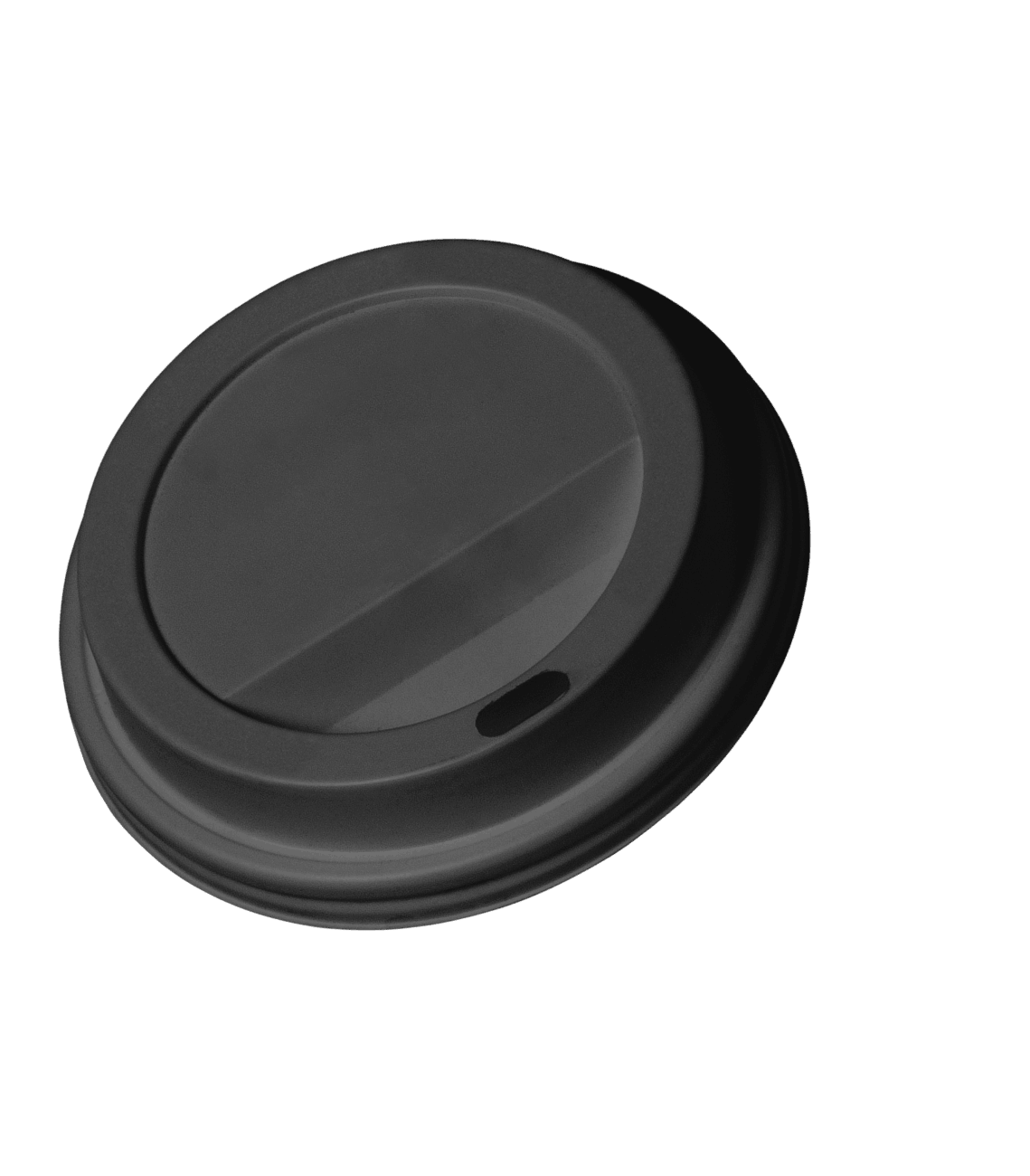
website is prepairing for load
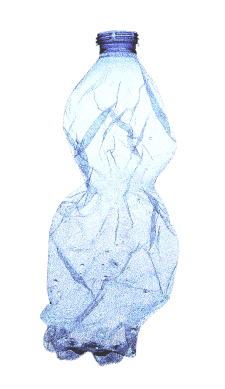

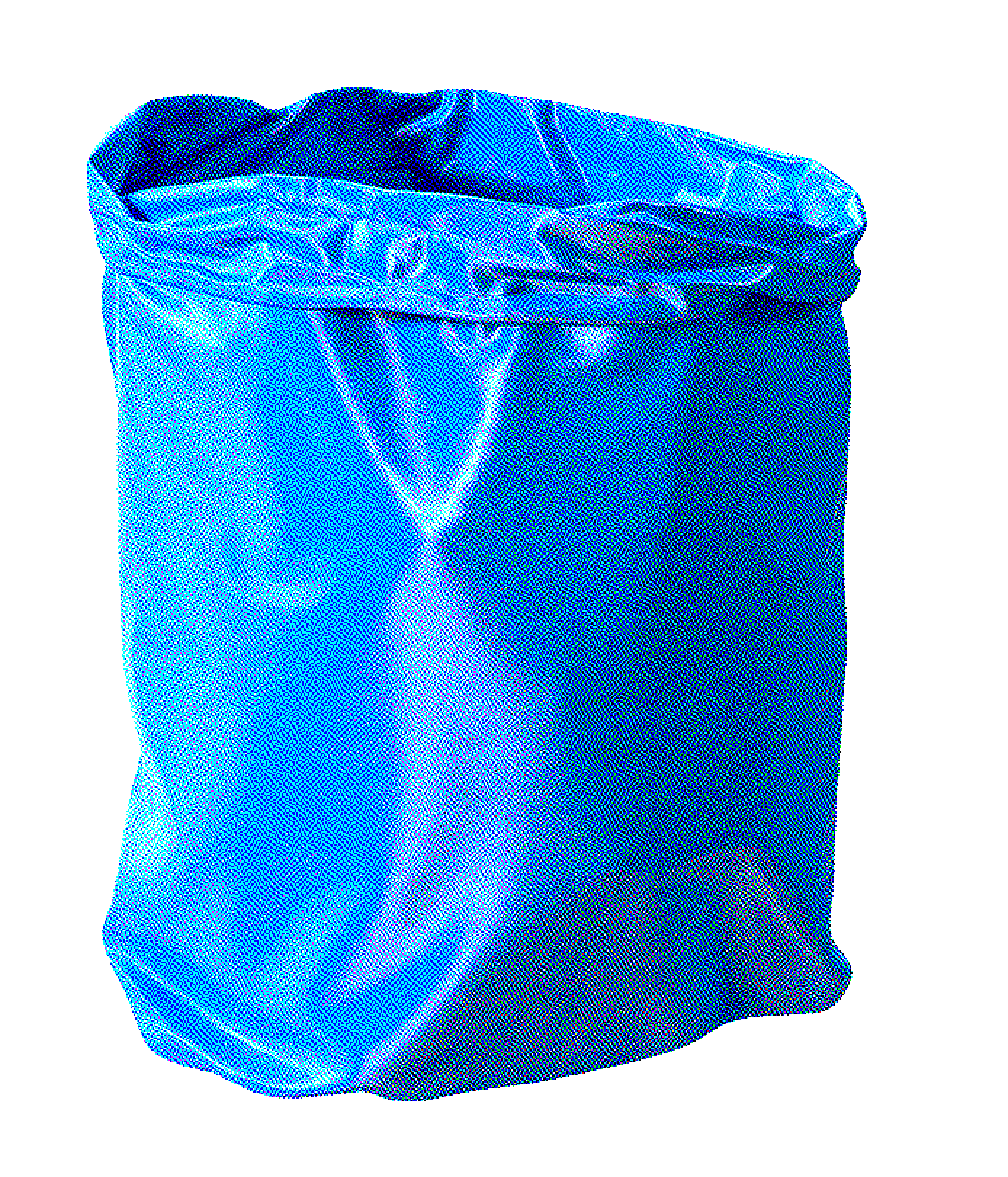
plastic
fragment
less than
5 millimetres long
micro
Plastic
Plastic
The invisible problem of the modern world
microplastic —
is any type of

around and inside us
microplastic?
what is
These particles are dangerous
to the environment and to humans.
to the environment and to humans.
According to the studies, particles entering the body can travel through the body with the blood and settle in the body. They damage organs and release dangerous chemicals inside the body, ranging from hormone-disrupting bisphenol A to pesticides.
it disrupts
the body's defence functions,
stops cell growth
and reproduction.
Particles accumulated in the body can damage the reproductive and endocrine systems, lead to obesity, inflammation of tissues, immune deficiency and delayed development in children.



























m
i
c
r
o
p
l
a
s
t
i
c
enters
the environment
in various ways
Primary way
This plastic is added to cosmetics, toothpaste, and household chemicals. It can act as a stabiliser, viscosity regulator or emulsifier.
In addition, microplastic fibres separate from synthetic clothing during washing and enter rivers, seas and oceans via sewage.
м
i
c
r
о
p
l
а
s
т
i
c
Another source of primary microplastics is car tyres, which rub against the road surface and release microplastic particles into the air.
м
i
c
r
о
p
l
а
s
т
i
c
Secondary way
Microplastics are formed when plastic items (bags, cups, disposable utensils, tubes),
break down
into small pieces when exposed to heat, air, water and salt.

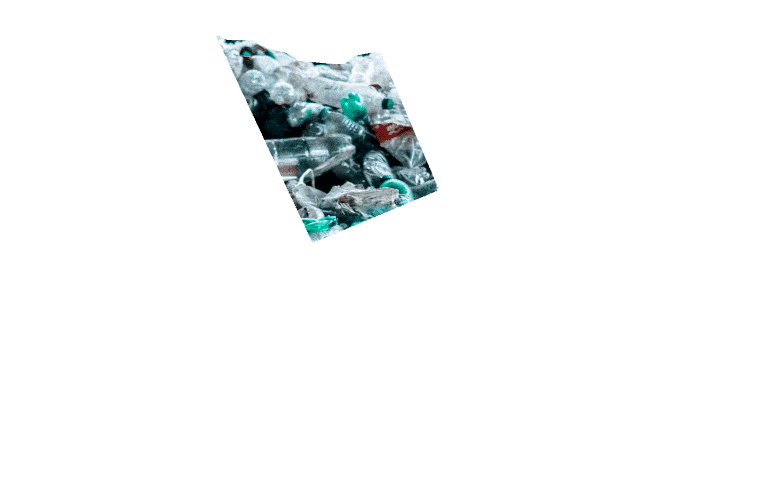



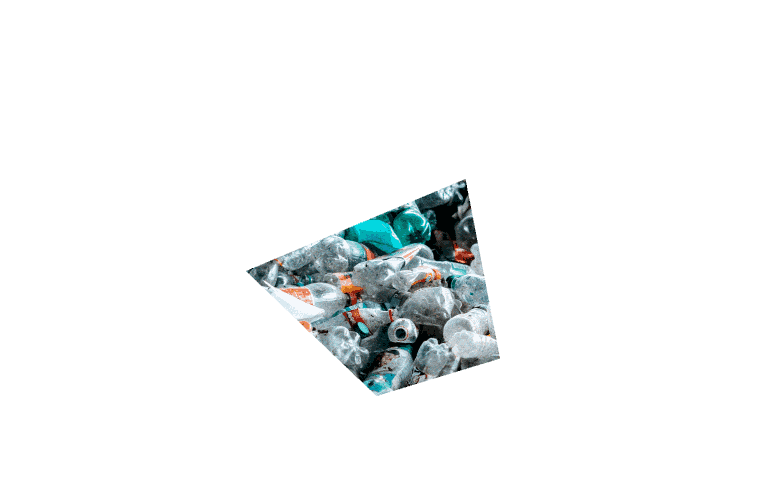


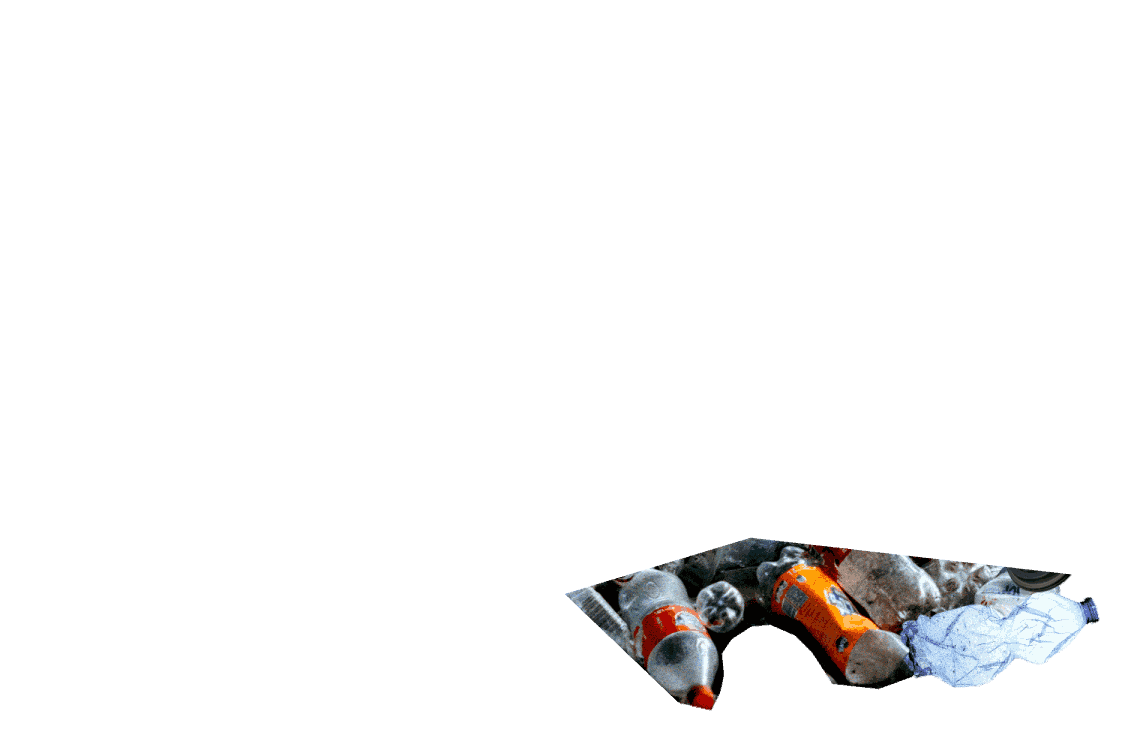
from the mountain peaks to the bottom
of the ocean
Particles accumulate in the environment in large quantities, especially in aquatic and marine ecosystems. Today, microplastics are found in almost all media studied:
and polar regions
to
ocean bottom
the deep
from
peaks
the mountain
as an example
microplastic using
a coffee cup lid
distribution of
When hot liquids come into contact with the plastic cup, the microplastic leaches out and falls first into the beverage and then into the human body.
It's not so much the plastic particles themselves that are dangerous as
that are released from it
on heating
the toxic substances


Temperature above +70 °C
styrene C8H8
Most often, cup lids are made of polystyrene (6 PS), which is capable of releasing
This substance can be harmful to the central nervous system and can cause respiratory, liver, kidney and even blood and lymphatic cancers.
styrene
at high temperatures.





It takes at least
200 years for plastic to decompose
200 years for plastic to decompose
According to statistics
500 billion
After drinking the beverage, the cup with the lid is thrown in the trash can (or sometimes straight to the ground
disposable cups end up in landfill around the world every year. And that number is growing.
Getting into the ground, it breaks down into small particles and begins to release chemicals into the environment. Plastic particles and chemicals seep through groundwater to nearby water sources, often resulting in mass animal deaths.
thus triggering
a global plastic cycle:
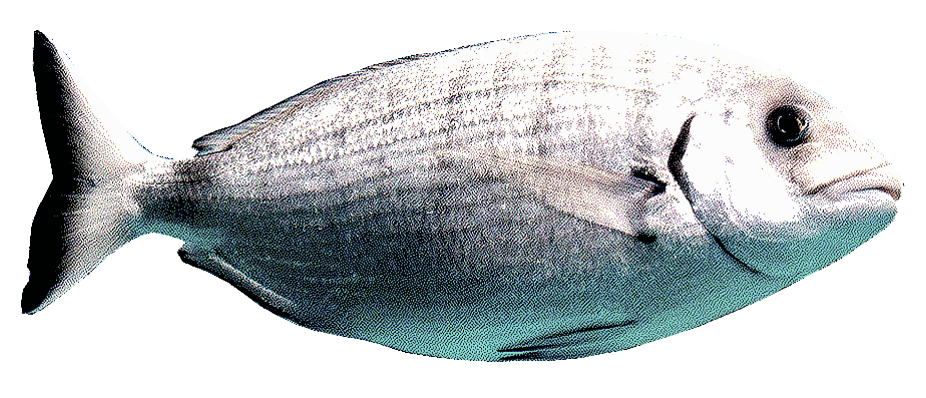
particles get into the soil or water,
animals feed on it
Then plastic
with fish, meat, salt deposits, and plant foods.
to the human table
returns
The problem of microplastic pollution can be solved by prevention and control of plastic use. Reducing the use of single-use plastics and properly disposing of reusable plastics is the most affordable way at the moment.
And recycled plastic can be used to make new things that will serve a person for a long time to come.
The more people
become aware of the global
problem
of pollution and
start
sorting rubbish,
the better chance we have
of preventing
an ecological disaster
what's the solution
to the problem?
take care of yourself and the planet
The project is not commercial, all materials are taken from open sources and belong to their owners
Design and development:
Open to new collaborations:































